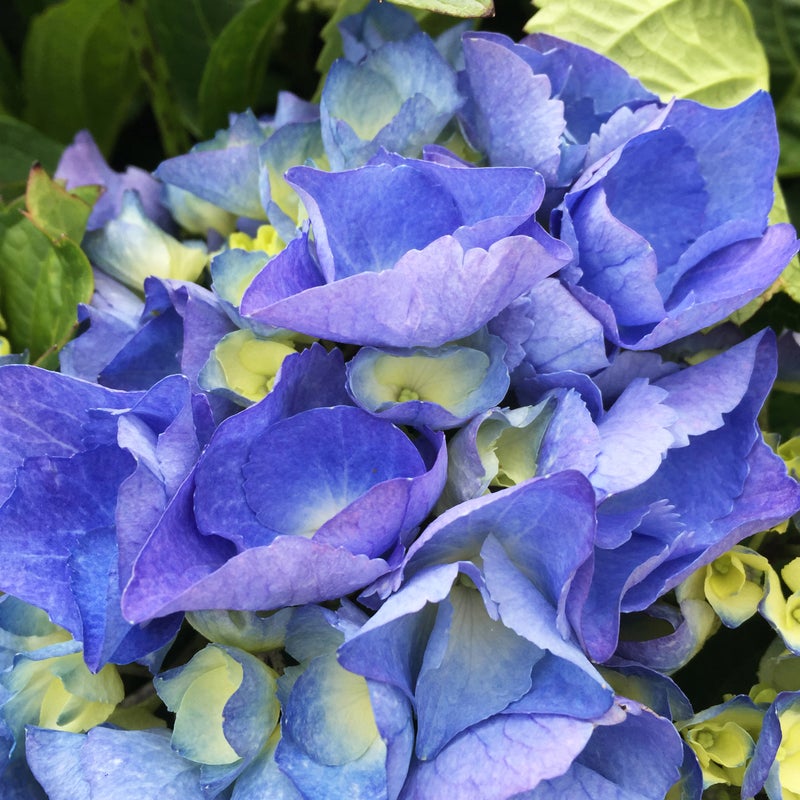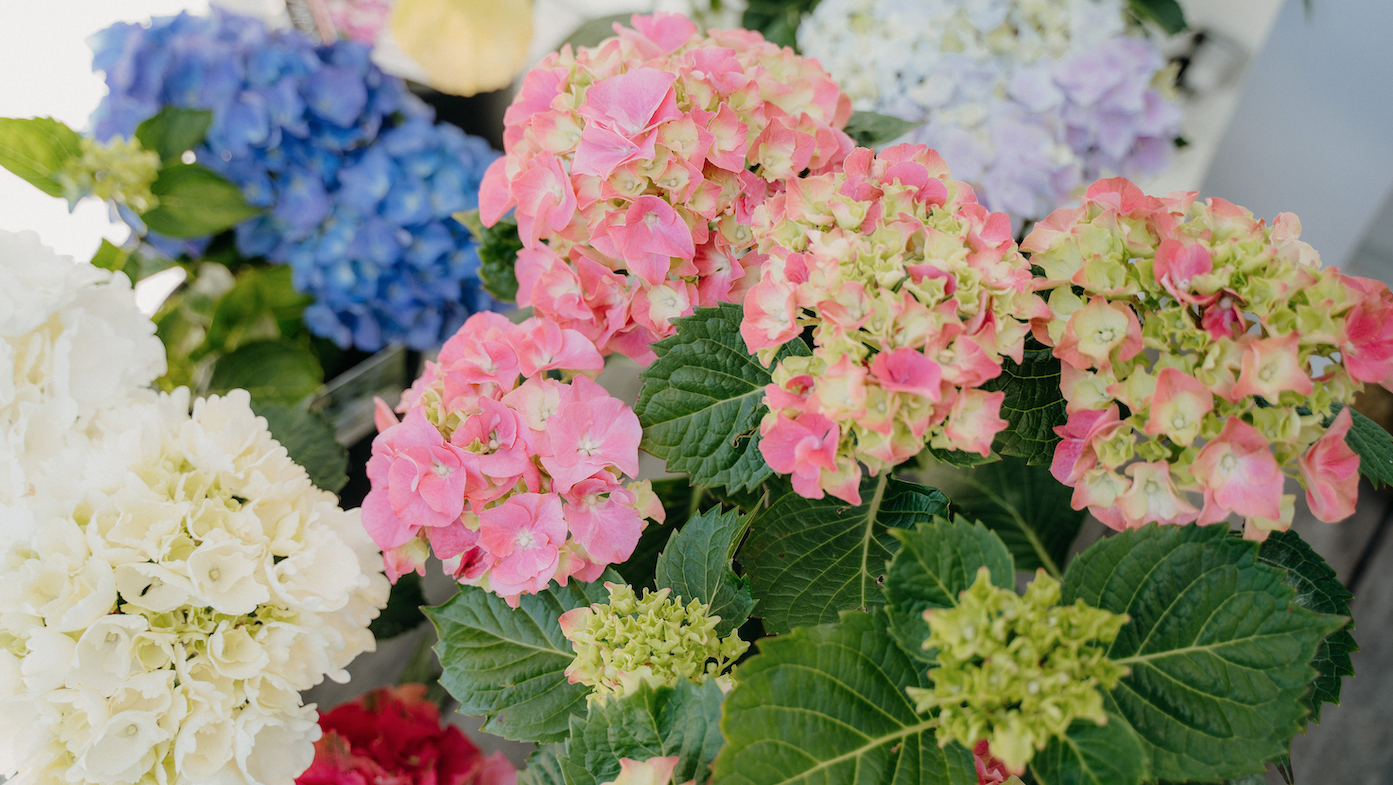
Choosing the perfect Hydrangea
08 Dec, 2021
Our Top Varieties
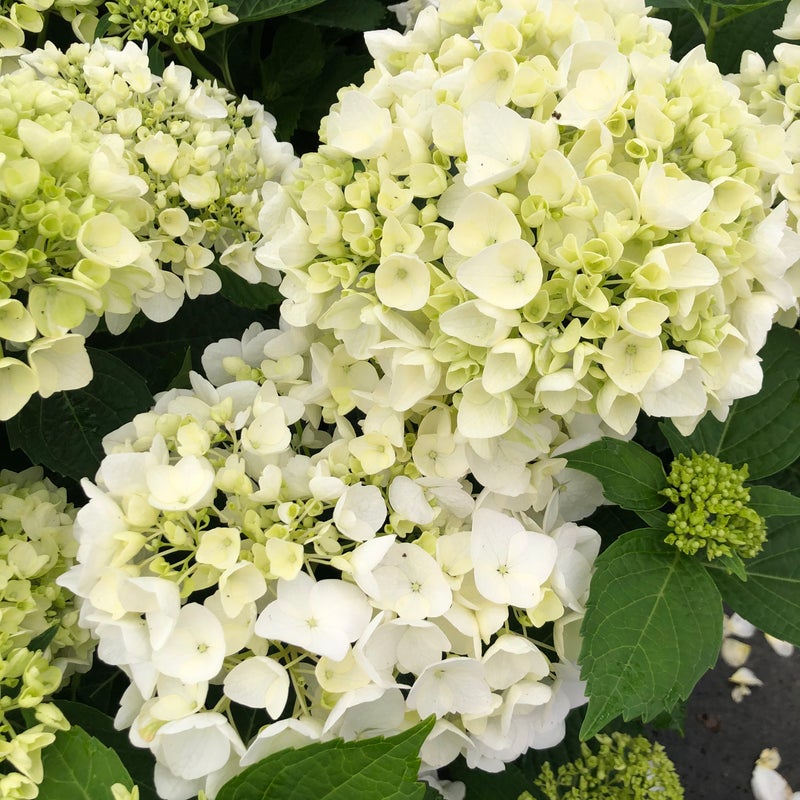
Snow Ball
Growing only 1m high, this is one of the smallest hydrangeas, which makes it perfect for small gardens. The deep green foliage is beautifully offset by huge white blooms.
Shop Now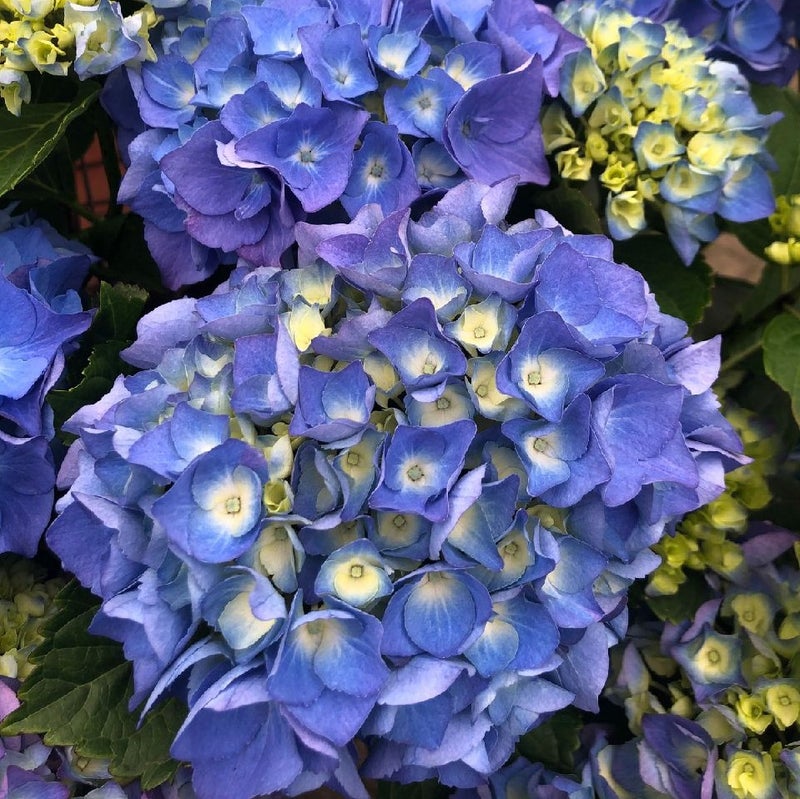
Renate Steiniger
With large blue mophead flowers, Renate Steiniger is one of the most sought-after varieties and grows to around 1.5m tall.
Shop Now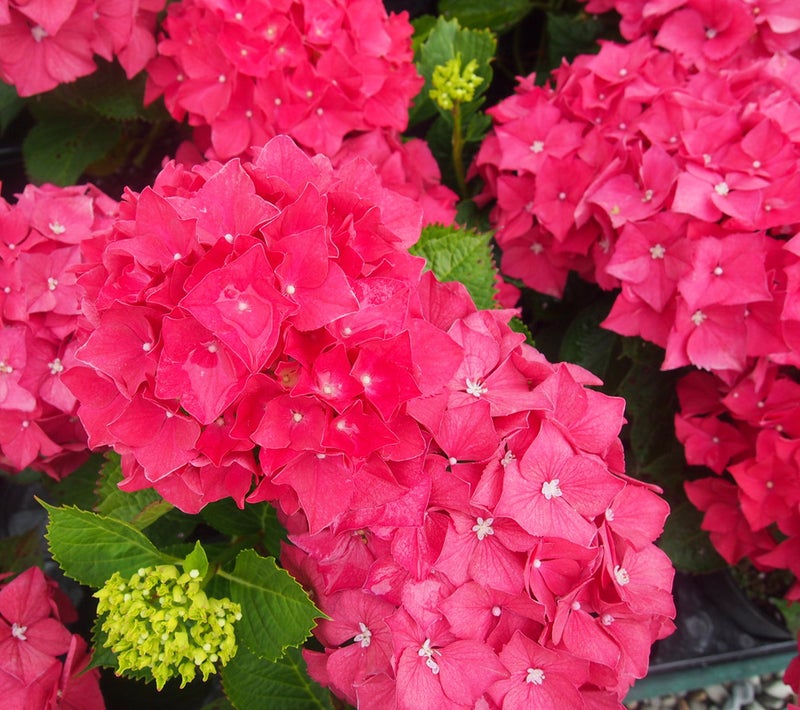
Raspberry Crush
Growing to 60cm x 60cm, this small variety produces brilliant raspberry-coloured blooms against compact, green foliage.
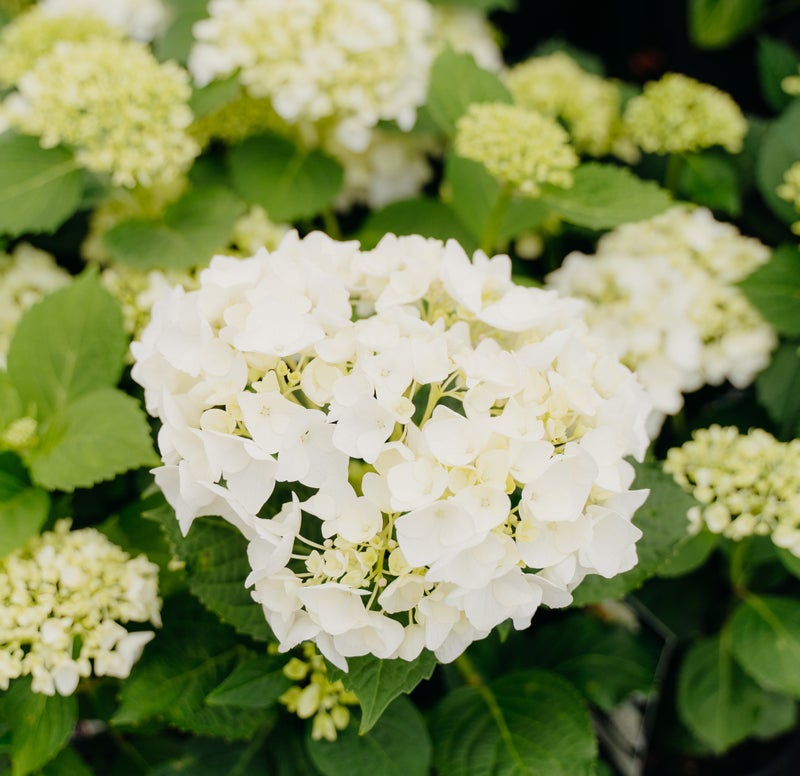
Bridal Bouquet
Bridal Bouquet has large creamy white flowers that bloom from spring until late summer. These are one of the best hydrangeas to use as cut flowers, and they can grow to 1.2m high.
Shop Now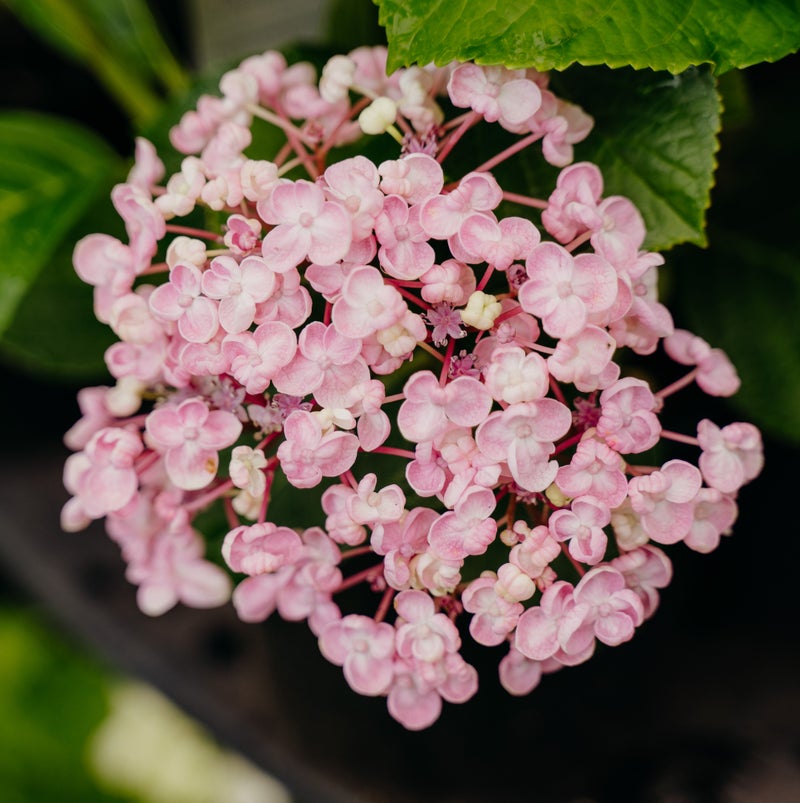
Ayesha
This striking bush can grow to 1.8m tall. It has unusual globular flowers with a mild fragrance, which range from cream to pink and blue depending on the pH of the soil.
Shop Now